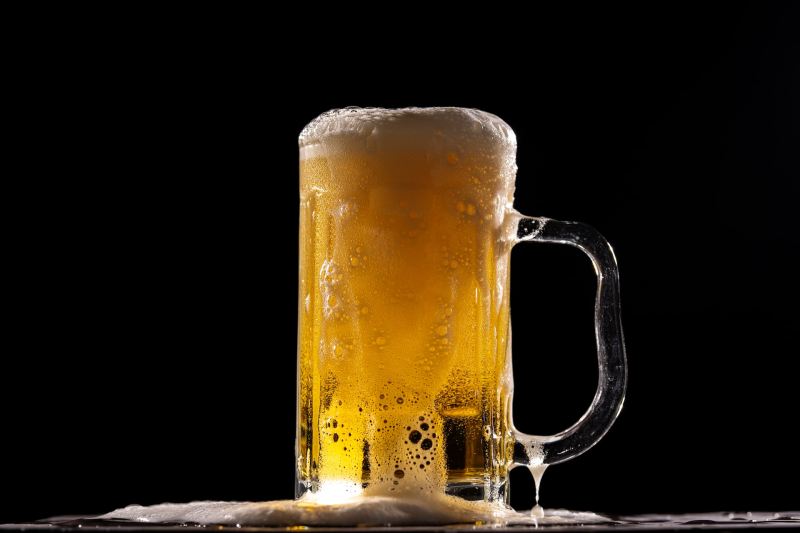
Whether it’s for health reasons, a change of pace, or you tied one on a little too tightly during the holiday season, there’s a chance you’ve decided to join countless others for Dry January. For those unaware, this means this month will be spent without imbibing any alcohol. This means no cocktails, no wine, and absolutely no beer. Well, no beer with alcohol in it, at least.
Dry January doesn’t mean you’ll be completely parched all month because no beer hits your lips. Due to a rise in sober consumers and drinkers who enjoy taking time off from booze, there are countless non-alcoholic beers on the market. Gone are the days of mass-produced, fizzy water NA beers.

NA brands aplenty
There are myriad big brands and artisanal outfits producing thirst-quenching, flavorful non-alcoholic options. Gone are the days of settling for water, flavorless non-alcoholic beers. Don’t believe us? Keep scrolling to see eight of our favorites. Stock up now and enjoy these booze-free choices until January ends (and beyond if you like).

Our 8 favorite non-alcoholic beers
Here are the best (in our opinion) and tastiest NA beers to enjoy for Dry January. Get the flavor without the alcohol with these choices.
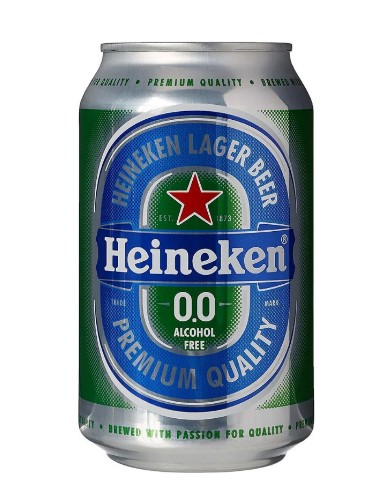
Heineken 0.0
Heineken is one of the most popular beers in the world for good reason. It’s crisp, thirst-quenching, and available almost everywhere. But it also contains 5% alcohol by volume. Heineken 0.0 was launched a few years ago. It’s a balanced, malty, lightly fruity, very refreshing take on the classic beer. All without any alcohol.
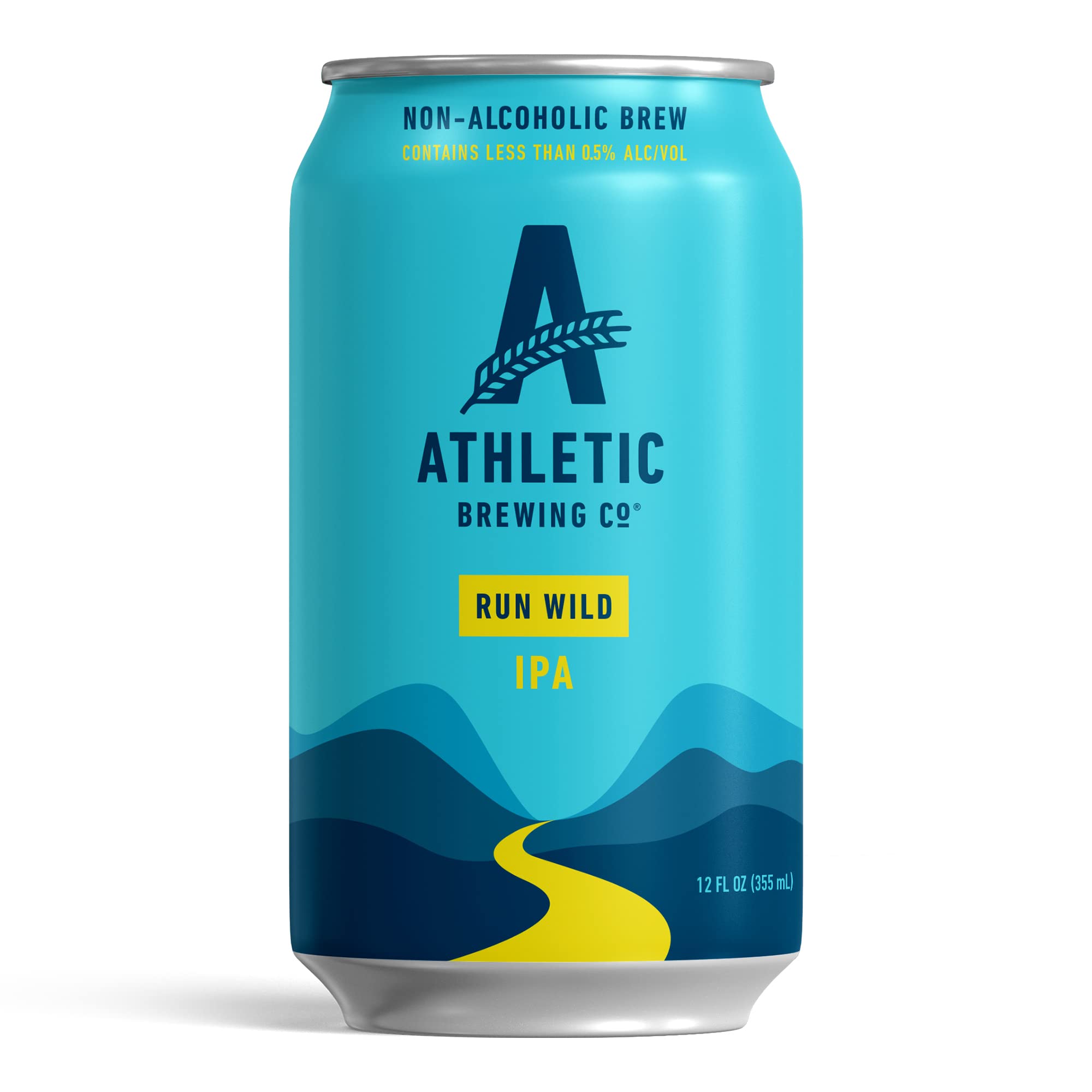
Athletic Run Wild IPA
When it comes to non-alcoholic beers, Athletic is one of the pioneers of the now-booming industry. It makes myriad award-winning, flavorful NA beers. Our favorite is Athletic Run Wild IPA. Brewed with Northwest hops, it’s known for its balanced flavor profile that features caramel malts and lightly piney, hoppy bitterness at the finish. All in all, a great choice for IPA fans looking to cut out alcohol this month.

Brooklyn Brewery Special Effects IPA
Brooklyn Brewing is one of the most highly regarded craft breweries in the U.S., so it only makes sense that it would try its hand at crafting an NA beer. Brooklyn Brewery Special Effects IPA is less than 100 calories and only contains 0.5% ABV, but it has a hoppy aroma and flavor and a refreshing and thirst-quenching taste. Add this beer to your list of non-alcoholic beers immediately. You won’t regret it.
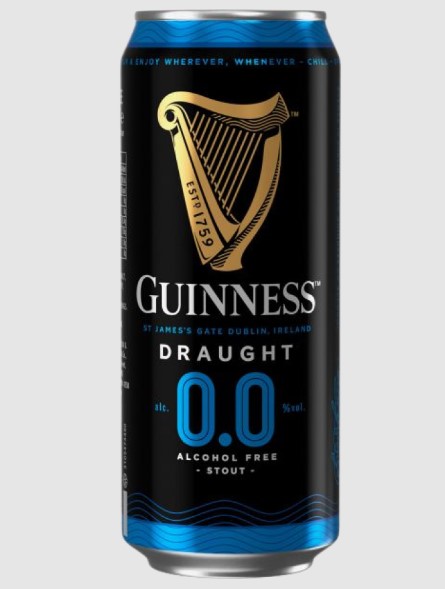
Guinness Zero
When it comes to classic beers, there are few more iconic and beloved than Guinness stout. But this beer is a no-go if you’re partaking in Dry January. Luckily the brand makes a non-alcoholic version called Guinness Zero. It’s the same traditional Guinness flavor of roasted malts, coffee, and chocolate because it’s brewed the same way. It’s just that the alcohol is then removed using a cold filtration process.
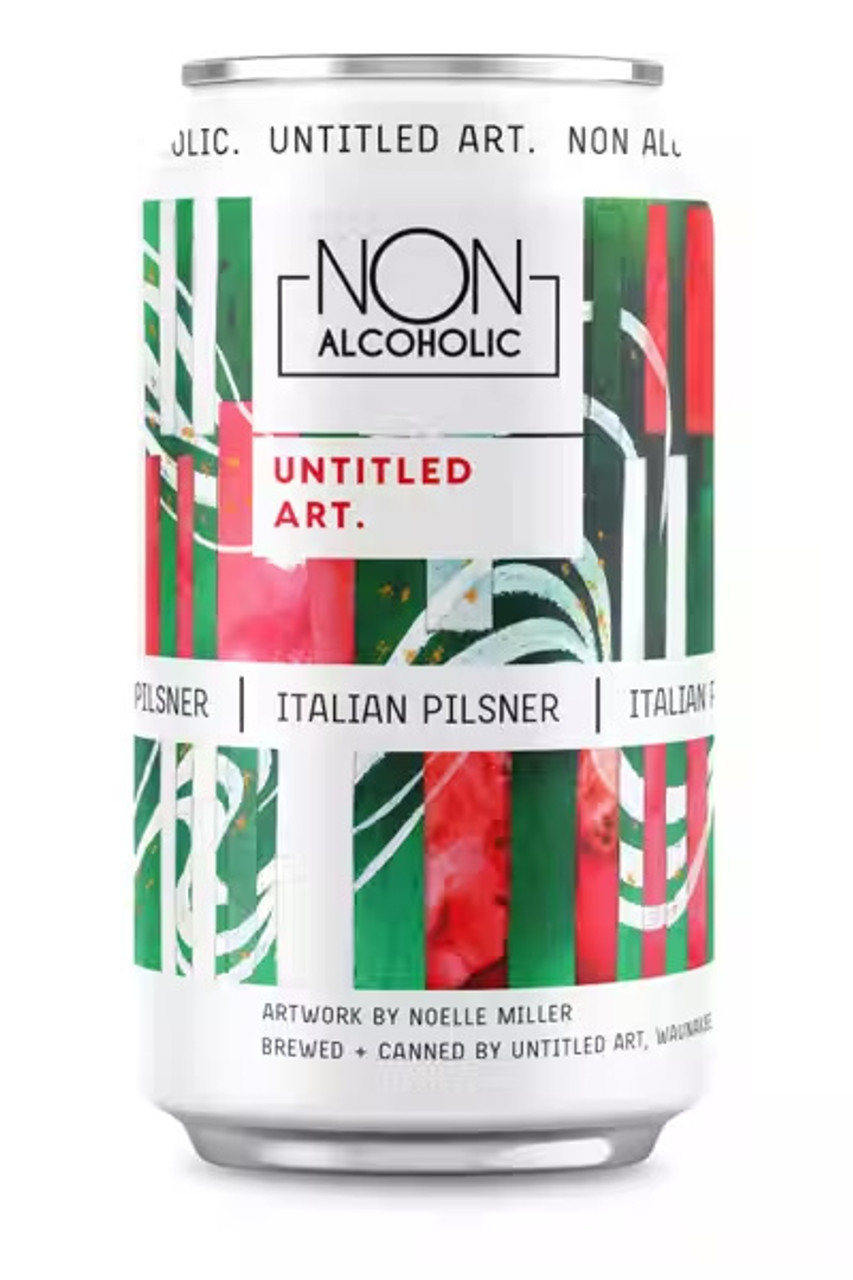
Untitled Art Italian Style Pilsner
It’s difficult to beat the appeal of a crisp, refreshing pilsner literally any time of the year. Luckily, the folks at Untitled Art created a non-alcoholic Italian Style Pilsner so you can still enjoy one this month. Brewed with Hallertau Mittelfruh and Strata hops, it features a floral flavor and aroma and a crisp, refreshing taste. Who needs alcohol, right?
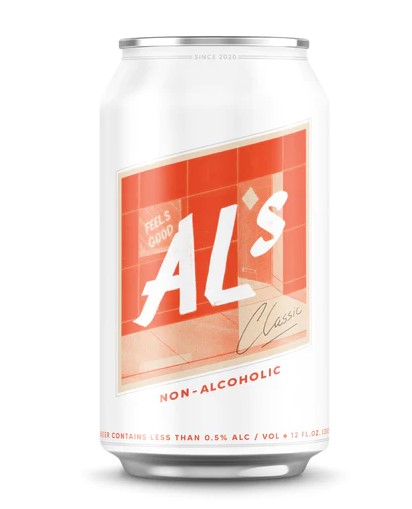
Al’s Classic Non-Alcoholic Lager
Who doesn’t enjoy a light, crushable, sessionable lager? How about if it still fits all the criteria but doesn’t even have any alcohol? That sounds pretty good, right? Well, that’s exactly what you’ll encounter when you crack open a can (or three) of Al’s Classic Non-Alcoholic Lager. It’s everything you love about a crisp, thirst-quenching lager without any of the alcohol.
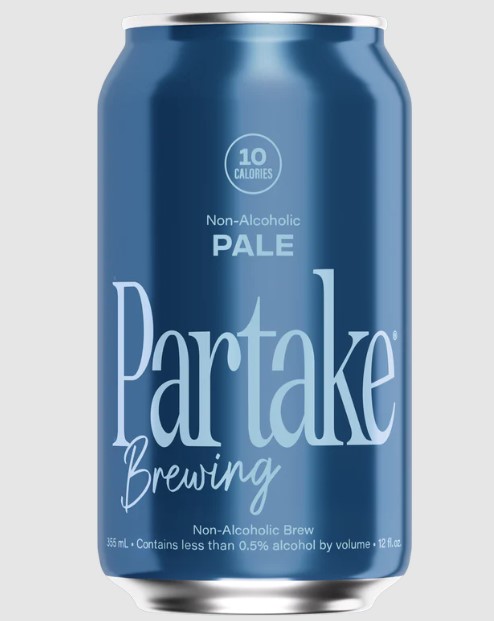
Partake Pale Ale
If you’re a fan of a classic pale ale like Sierra Nevada, you probably enjoy it because of its crisp, refreshing flavor and balance of floral, piney, lightly bitter hops. It might seem like it’s difficult to emulate that experience when crafting a non-alcoholic beer. But that’s exactly what the brewers at Partake did with its Partake Pale Ale. It’s crisp, thirst-quenching, and loaded with malt sweetness, citrus flavors, and a gentle hop bitter bite.
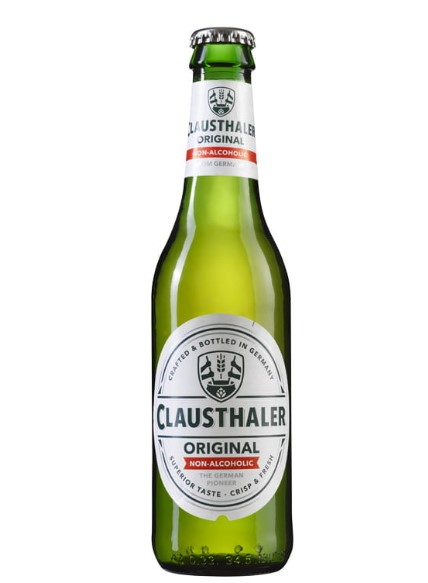
Clausthaler Classic
While the NA world has exploded in the last few years, Clausthaler has been perfecting its Clausthaler Classic since 1979. This non-alcoholic lager is made in strict accordance with the German purity law. This results in a surprisingly balanced, crisp, and highly refreshing lager with only 0.5% ABV. It’s known for its flavors of caramel malts, cereal grains, citrus peels, and floral, noble hops. It’s a classic for a reason and just as great today as it was more than 40 years ago.

Pick the right NA beer for you
We listed a few great options above. But we suggest picking a non-alcoholic beer that suits your palate. If you’re a fan of stouts, grab the Guinness 0.0. Do you enjoy a nice, crisp lager? Heineken, Al’s, or Clausthaler are good choices. Are you a hop head? Partake, Brooklyn, and Athletic have you covered. Just give some of these beers a chance, if only for a month. You’ll be glad you did.
Editors' Recommendations
- How to make The Last Word cocktail, a gin classic from another era
- How to craft a heavenly vodka martini: Shaken or stirred
- Cognac vs. brandy: What’s the difference?
- The 10 best rosé wines that everyone should drink
- The freshest pilsners to drink this spring




